 Black Nunbird (Monasa atra)
Black Nunbird (Monasa atra)
 Black Nunbird (Monasa atra)
Black Nunbird (Monasa atra) |
 |
| Pictures (click on them to enlarge) | ||
|---|---|---|
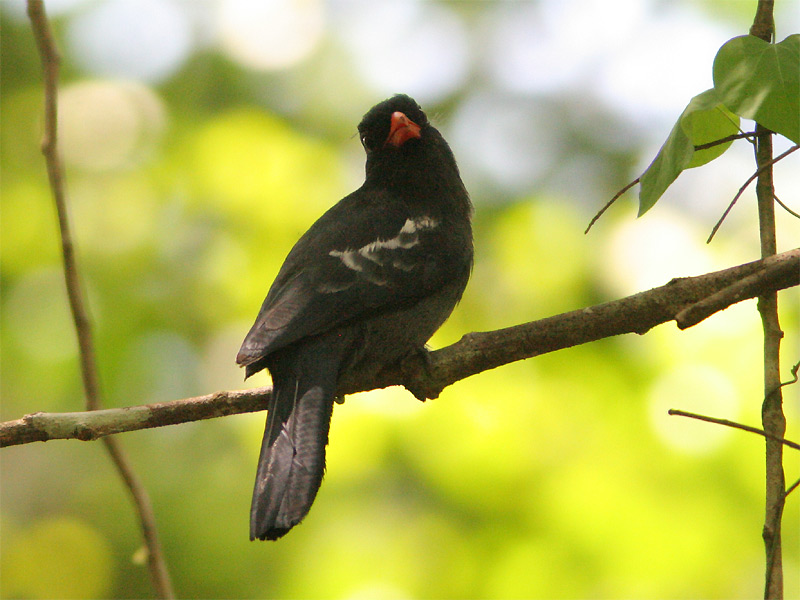 © Ricardo van Dijk | 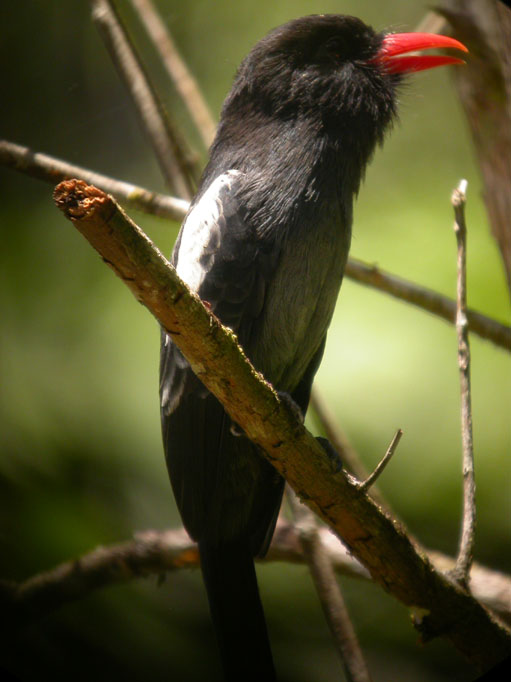 © Foek Chin Joe | 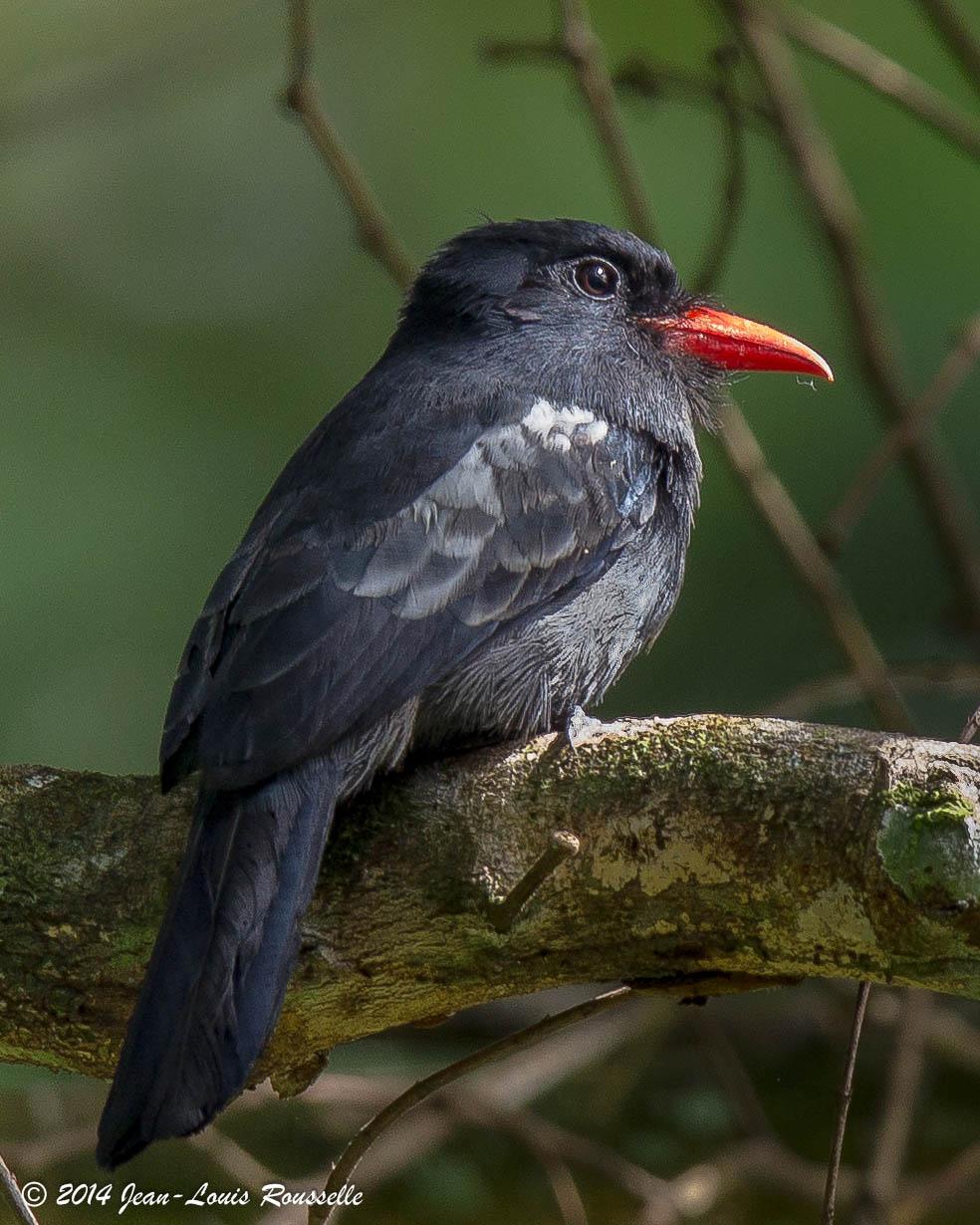 © Jean-Louis Rousselle |
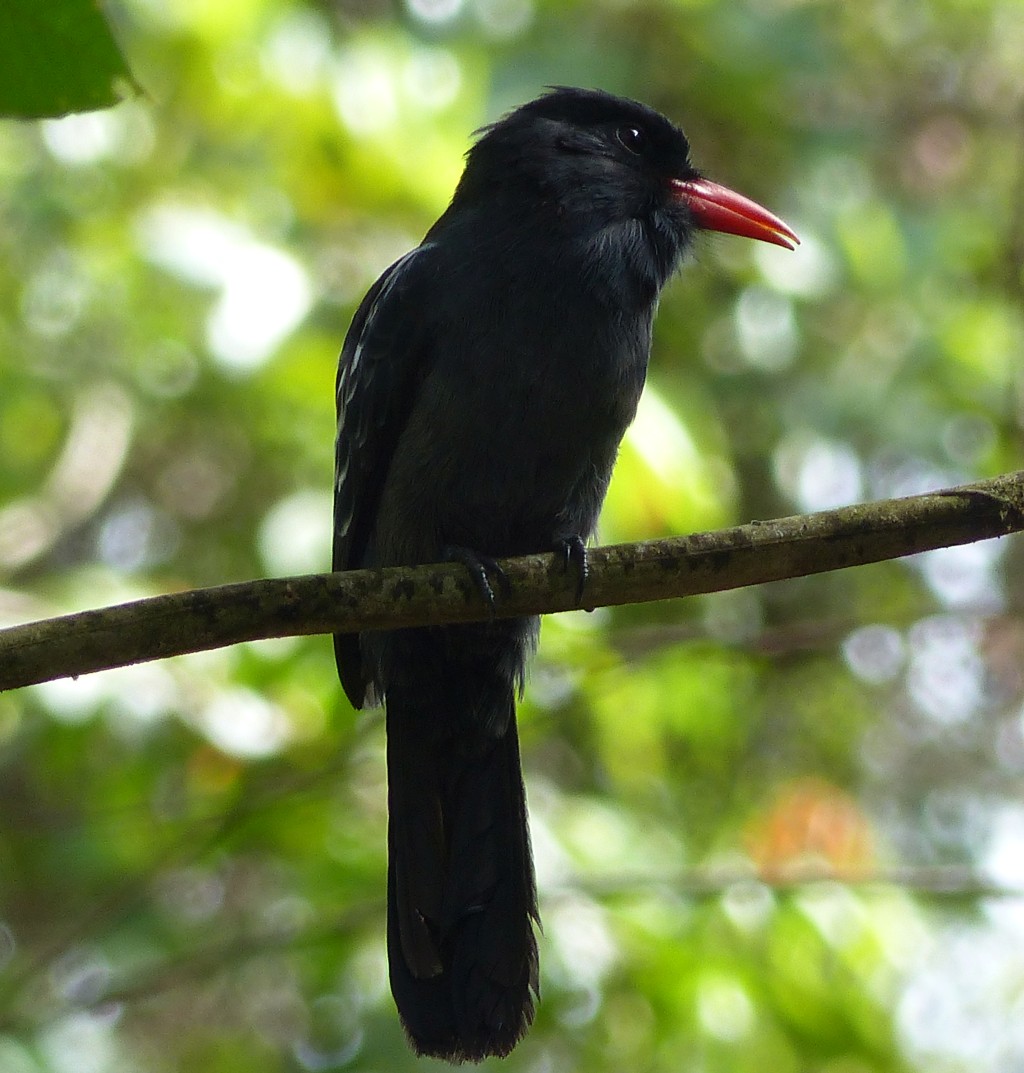 © Jan Hein Ribot | 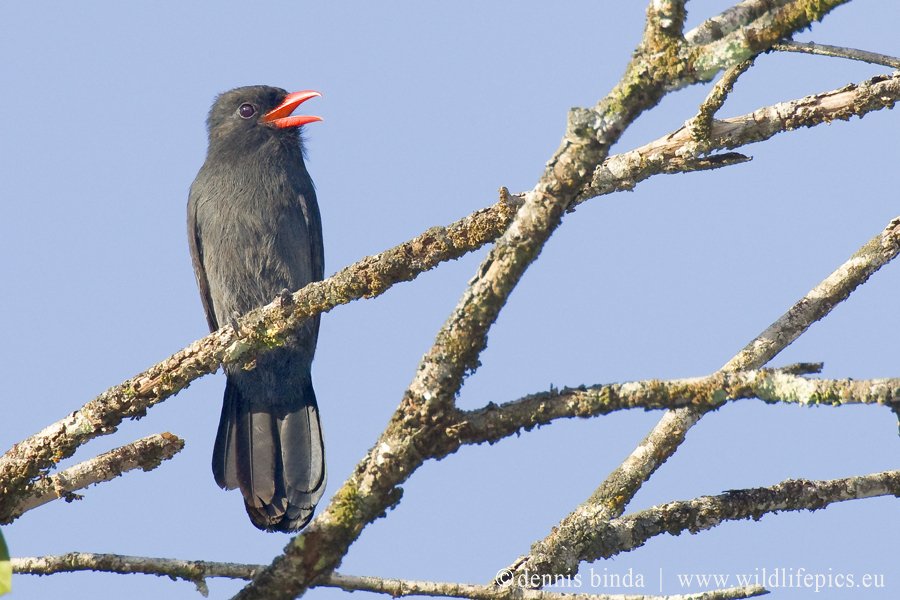 © Dennis Binda | 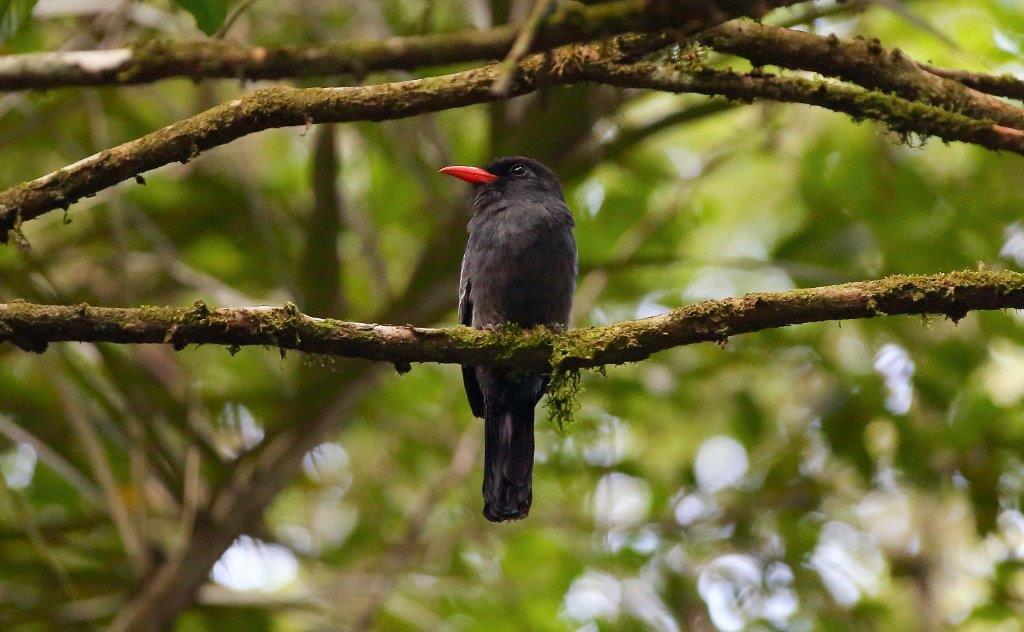 © Jan Boef |
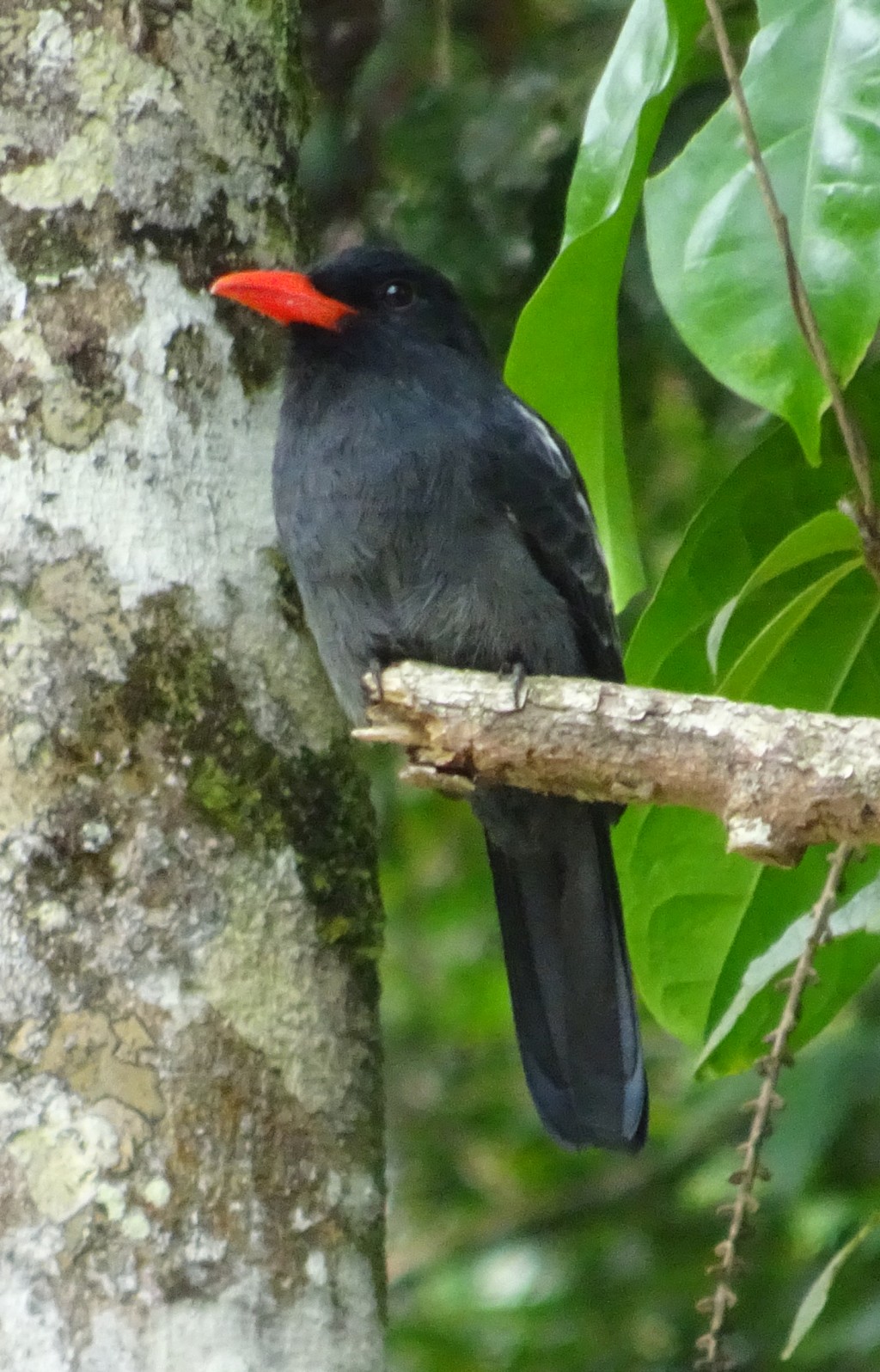 © Frank Valk | 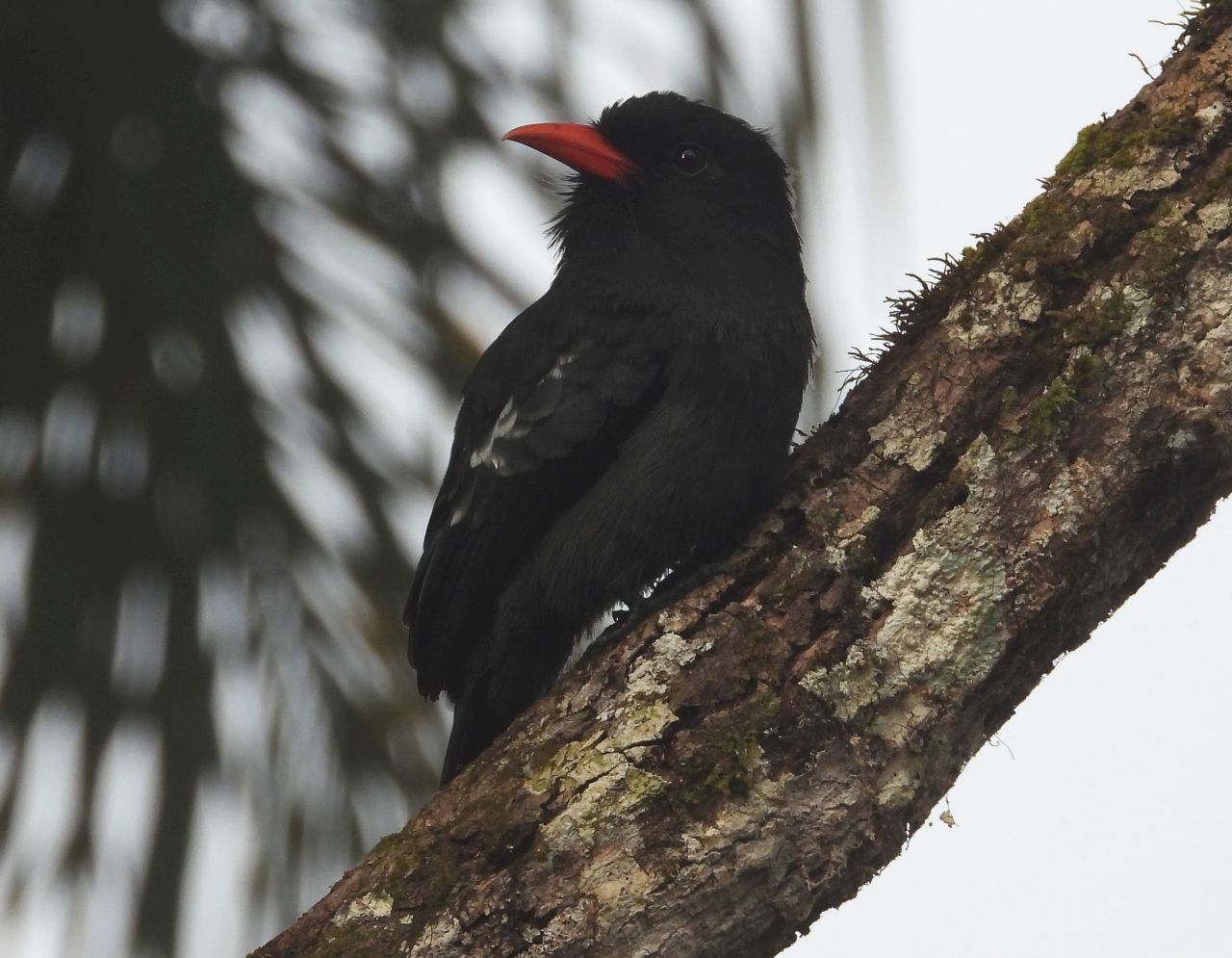 © Raoul Ribot |
| The Black Nunbird flies from a perch to catch insects and it is often seen sitting on a branch in the open in the forest. Its nest is dug in the ground. The bird has a loud song, it was recorded by Otte Ottema in Suriname. Photo of a Black Nunbird made by Ricardo van Dijk at the Coesewijne savanna in February 2009 and a black nunbird as seen by Foek Chin Joe in Suriname in 2005. jean-Louis Rousselle saw his nunbird near Berlijn in August 2014. Dominiek Plouvier made a video of a black nunbird, very softly calling. |
| Birdsounds (click on them to listen) | ||
|---|---|---|
| Sound recording of a Black Nunbird © Otte Ottema, bird guide |
| Video (click the link or the 'play'-button to see) | ||
|---|---|---|
| Video recording of a Black Nunbird © ; |
|
|
||||||||||||||||||||||||||||||||||||||||||||
| Observations through the year | Observations of breeding through the year |
|---|---|
| The 444 reported observations of this bird in Suriname, mainly for the last 50 years up to 2018, have been grouped by month. More birds on one day are counted as one observation. Of course, if the graph should depict the total number of birds seen, the differences between the months could be much more pronounced. | The 1 reported breeding observations of this bird in Suriname. Most observations are about nest with eggs, some about fledglings, or feeding at a nest or the building of a nest. Of the about 5000 nests and eggs found for all species together, about 1/3 comes from the egg collection of Penard between 1896 and 1905. For some reason most collecting then was done in the first half of each year, so the shown distribution does not necessarily reflect the actual breeding preferences. The main dry season in Suriname is reckoned to be from half August to the end of November, the main wet season from half April to half August, but the the timing of begin and end does vary from year to year. Around March a second dry season often occurs. |